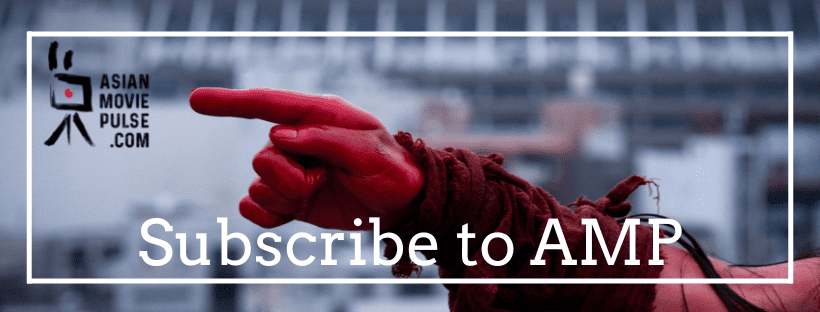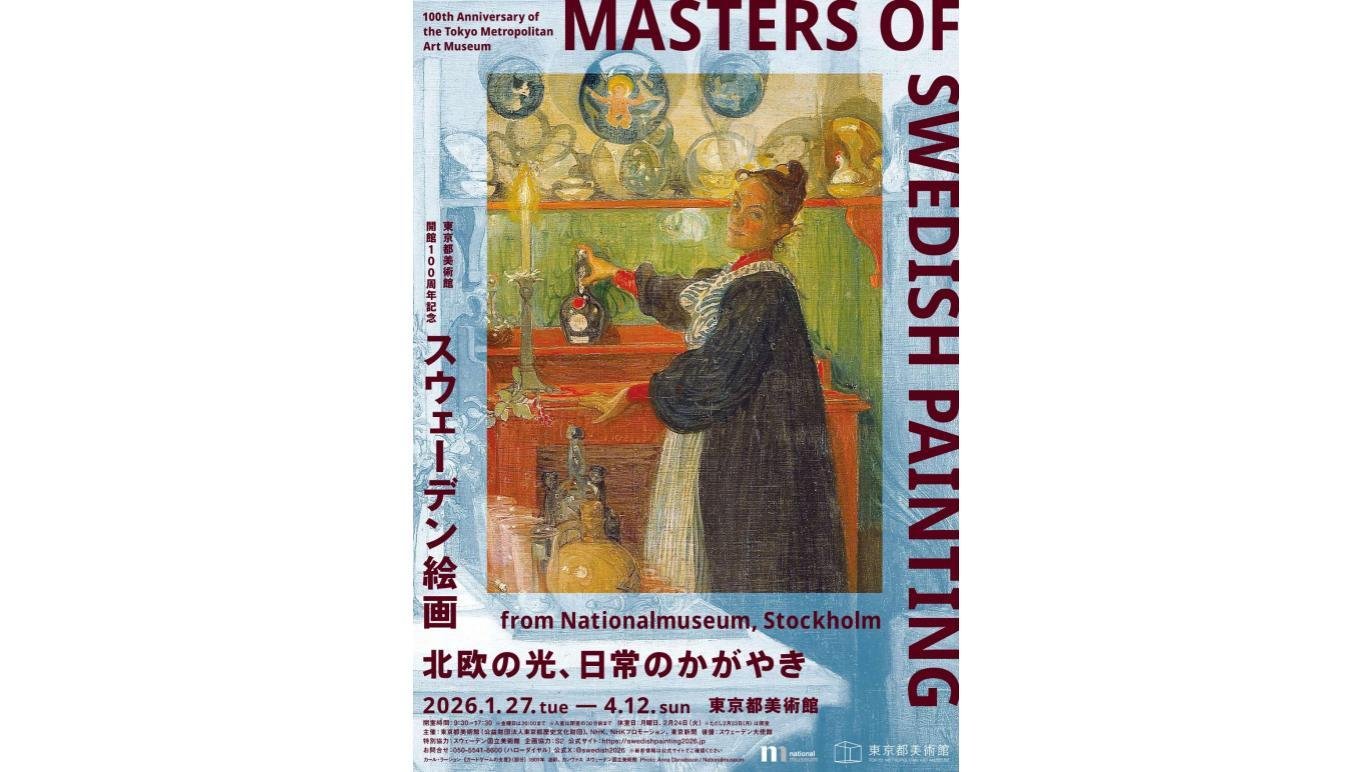We speak with illustrator Poochamin about his interest for Asian cinema, his influences and his method for working
Poochamin is an illustrator living in Japan. In his own words: I mainly use acrylic paints to create my illustrations. I was greatly influenced at an early age by the traditional hand-painted poster art of the legendary Japanese artist Noriyoshi Ourai, and I am currently seeking to approach the work of Tony Stella and other great artists who have created cover art for Blu-ray labels
Over the past two years, I have done artwork for several Blu-ray labels, including Vinegar Syndrome, MEDIACS, Shamrock Media, FILM-UND FERNSEHSCHÄTZE, Cinestrange Extreme. I have also done poster art for Revue Cinema’s programmer Black Belt Cinema in Canada for Bloodsport and Showdown in Little Tokyo, and for Paradise Theatre’s programmer EASTERN PROMISES Akira Kurosawa’s RAN screening event at EASTERN PROMISES. I have also provided numerous other illustrations for several Japanese publishers.
I love Asian movies and my goal is to draw cover art for Korean movies in the future. My favorite Japanese food is udon, which I often eat while illustrating.
We speak with him about how his interest for Asian cinema and how he started working as an illustrator, his influences and his method for working, and some of his most significant works
How did your interest with Asian cinema begin and how did you started working on film posters and covers?
My interest in Asian cinema started with the early films of Takeshi Kitano. I had an image of Takeshi Kitano as a funny comedian who always wore funny costumes and beat people’s heads with a squeaky toy hammer on WORLD GREAT TV, a Japanese TV show. When I saw his films for the first time, I was very surprised by the violence in them. I was also fascinated by the element of laughter that coexisted with the violence and their high artistic quality. I think that is how I became attracted to his films and to cinema itself. I was especially fascinated by the continuous slapping in the toilet in “Violent Cop” and Sonatine’s elevator shooting scene.
My first interest in package illustration itself was sparked by Noriyoshi Ohrai‘s amazing poster and cover art. His illustrations are world famous, for The Empire Strikes Back, The Goonies, and posters for the GODZILLA series, but I personally love his work for Japanese game makers KOEI’s ”Ishin no Arashi”(1988) and ”Taiko Risshiden”(1992), among others. I remember clearly how much I wanted to do this kind of work when I saw his cover art.
And the most decisive moment for me to start working on movie posters and covers was with Tony Stella! There is no doubt that my encounter with his work has made a huge difference in my life. He is a wall that I will never be able to cross and a teacher that I adore. I draw illustrations everyday in order to catch up with him as much as possible, as he is currently the top hand-drawn illustrator, and I also do my work hand-drawn. Besides, I really appreciate the fact that I got interested in old Japanese movies and found them interesting through his wonderful illustrations. One of the things that made me personally happy was that he went to the trouble of scanning and uploading his illustration of “The Village of Eight Graves” (1977) for me! It was the best.
What is your procedure, when you start drawing? Does it differ between working on a cover and a poster?
The first step in the process is to make a rough sketch. The rough sketches are in my head. In my case, the important thing is to examine the materials to create a rough sketch from the rough sketch in my mind. The quality of the material determines the quality of the work. I spend a lot of time looking for the right material for my illustrations. Once I have found a certain amount of material, I start to make a collage for the cover art to make it closer to the rough sketches in my mind.
This is a difficult but very profound process. Sometimes a slight change in the position or size of a material can give a completely different impression from the design I had in mind, and when I actually place the material, I sometimes feel a great sense of discomfort and start looking for the material again. On the other hand, there are times when I find a very good design that is completely different from the one I had in mind at first, and I decide to go with that one. As a side note, I have been having as much fun with composition as I do with illustration, so I would like to try my hand at graphic design someday, just like Gokaiju!
Once the collage is completed, I print it out and trace it onto drawing paper using a carbon sheet to create a rough sketch. There was a time when I used to make preliminary sketches without using carbon sheets, but I started using carbon sheets because I needed to deliver illustrations to clients as quickly as possible and I saw illustrators with long careers, such as Hajime Sorayama and Graham Humphreys, tracing to enhance the perfection of their drawings. Once the preliminary sketch is completed and the client gives me the OK, I just start coloring it in to completion.
Basically, when I draw illustrations for films, I use paints and color by hand while staring at the materials. It is fun, but it is hard work and requires a lot of patience. Especially in the case of paints, it takes some getting used to in controlling the colors. If I am not careful, the overall impression may become extremely dark, or the shadows on the face may be drawn too dark, giving the impression of aging, so I work very carefully. Once the coloring is complete, the image is scanned. If there is any discrepancy at the scanning stage, the illustration is corrected again.
Until a few years ago, illustrations were drawn on large-sized drawing papers or canvases, but recently it has become common to use multiple illustrations drawn on small drawing papers and edit them to create a single illustration. After the illustration is completed through editing and correction, if it is a work drawn as a hobby, it is finished here and uploaded to the Internet. Depending on the company, I may also create the design of the title myself.
As for me, there is not much difference between cover and poster work. I create my illustrations while thinking, first and foremost, about creating good illustrations that will please not only the client but also the person who picks up the picture, and that I can draw illustrations while finding enjoyment in them.
Have you ever had to do artwork for a film you do not like? Or draw something about a film you like but you end up not liking the work? In general, as a movie fan, what kind of movies do you like?
I don’t have any artwork for a film that I don’t like at the moment. In fact, I am very excited to be able to draw artwork for any film! It’s not that I just don’t like it, but ever since I saw “Ju-On 2” (2000) on TV late at night a long time ago, I really got scared of watching horror movies. (I love to draw! I often get too bloody.)
I have a certain amount of time to spend with the illustrations I draw, so I get attached to them, and it’s not that I don’t like them, but there is a certain amount of times when they don’t feel right even after I finish them. However, I think this is evidence that my ability to look at illustrations is growing, so I take it positively. Well, if I really don’t like it, I sometimes make corrections. Recently, in “Lady Snowblood” (1973), I was not satisfied with Meiko Kaji’s facial expression and had to revise it four times before uploading it to the Internet.

As a movie fan, I love old Japanese movies, Hong Kong action movies, and Korean noir! As for Japanese films, I love films like Masaki Kobayashi‘s “Hara-Kiri” (1962), “Samurai Rebellion” (1967), which depicts the irrationality of samurai society. And Kinji Fukasaku‘s “Samurai Reincarnation” (1981), which is a really awesome film!(especially the showdown between Sonny Chiba and Tomisaburo Wakayama is a must-see!) The aforementioned Takeshi Kitano films, and I like TOEI yakuza films such as the “Battles Without Honor and Humanity” series starring Bunta Sugawara (especially the third film, “Proxy War”), Masahiro Shinoda’s “Pale Flower” and sad human dramas such as “Castle of Sand” (1974) directed by Yoshitaro Nomura.
As for Hong Kong films, “Dragons Forever” (1985), featuring the golden trio of Jackie Chan, Sammo Hung, and Yuen Biao; Wilson Yip‘s “SPL: Kill Zone” series; and the “Once Upon a Time in China” series starring Jet Li. I really love kung-fu action films. I have seen many gun-action films directed by John Woo and Johnnie To! In the last few years, I personally think Benny Chan‘s “Raging Fire” (2021) is one of the best Hong Kong films of all time. I was sad to hear that Benny Chan has passed away.
Korean films may be my personal favorite! Not only the most iconic Korean noir films like Na Hong-jin‘s “Yellow Sea” (2010) and Park Hoon-jung’s “The New World” (2013), but also politically charged films like Park Chan-wook’s “JSA” (2000), Woo Min-ho’s “The Man Standing Next” (2020). And Kim Jee-woon’s sad horror masterpiece “A Tale of Two Sisters” (2003), are all masterpieces regardless of genre!
My current goal is to paint a package of Korean films.







